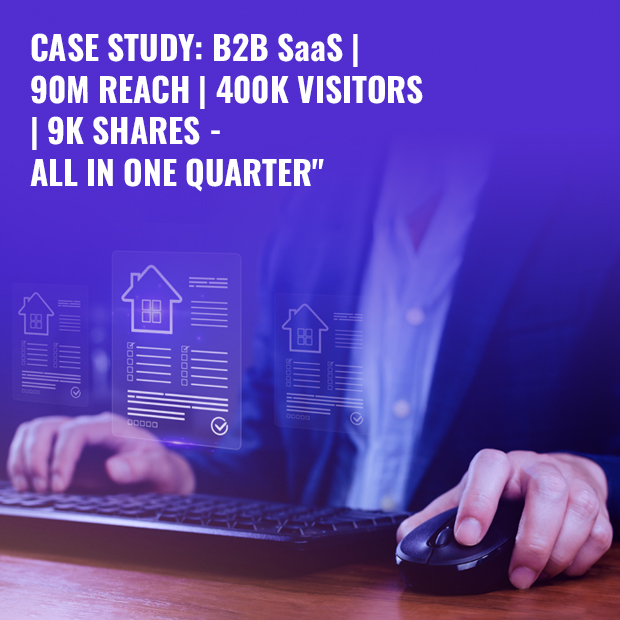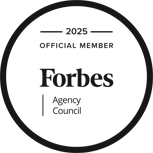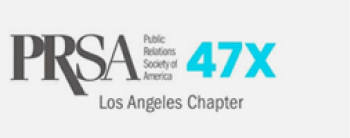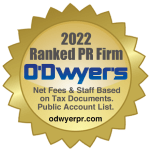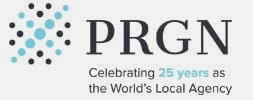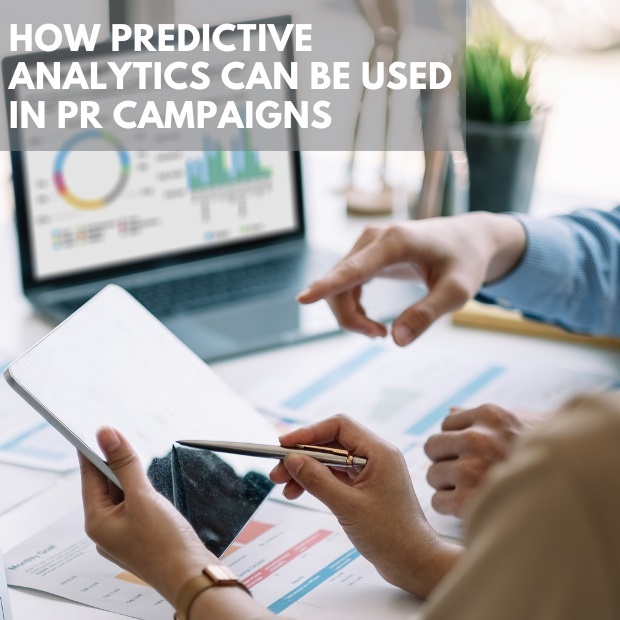
How Predictive Analytics Can Be Used In PR Campaigns
Such predictive analytics of customer behavior can help you fine-tune campaigns and maximize campaign effectiveness. It does so by determining the right messages, target audiences, and channels in advance. Additionally, you can be better prepared to identify potential risks and capitalize on emerging opportunities.
Read on to find out how to use predictive analytics in your PR campaigns.
What Is Predictive Analytics?
Predictive analytics refers to AI that uses historical data to identify and predict future trends. While past data analysis models analyze and give you insights after a campaign has ended, predictive models use data from past campaigns (such as demographics, customer behavior, and purchase history) in order to forecast outcomes.
For example, predictive analytics can tell you what kind of customers are more likely to buy a product or how they will respond to a particular message.
How To Use Predictive Analytics In Your PR Campaigns
66% of businesses that have implemented predictive analytic models report that they bring “very high” or “high” business value. Predictive analytic models have a median ROI of 145%, much higher than non-predictive models (89%).
Let’s look at how your PR campaigns can benefit from predictive analytics:
Understanding Customer Behavior
Customer behavior has a significant effect on the success of your PR campaign. Since each customer segment is unique, the response to a PR campaign can vary significantly.
Naturally, it’s difficult to tell how different customer segments will respond to your PR campaigns. That’s why you need predictive analytics. This analytics looks at past customer behavior and tells you what each customer segment is likely to do in the future.
For instance, it can predict:
- The type of content they’re likely to interact with
- The type of language they respond to
- Channels they’re likely to use
- Where they’re most likely to churn
You can use this valuable information to create PR campaigns that are designed specifically for each customer segment. As a result, you can reach the right audience, increase your ROI, and get better results from your PR campaigns.
Finding Your Audience
Not all campaigns are suited for all customer segments. Sometimes, you get excellent results by targeting a subset of your customers. Predictive AI makes the process of identifying the right audience for each campaign much easier.
One of the biggest mistakes that PR professionals make is finding one audience and sticking to it. The reason is that just as audience tastes and preferences change; your ideal audience changes too.
For example, between the 60s and the 90s, McDonald’s target audience was kids. Today, their target audience is low to middle-income families.
Predictive analytics can help you identify shifts in your ideal audience. This allows you to adjust your campaigns and reach the people you need to.
Maintaining A Sharp Competitive Edge
PR helps businesses maintain a competitive advantage by increasing awareness, credibility, and sales. Predictive analytics can help you increase this competitive advantage by acting as a proprietary source of market intelligence, such as how to increase customer retention.
Predictive AI is trained to look at key performance indicators (KPIs), such as how customer microsegments respond to your messages and those of your competitors. Its modeling process allows it to distinguish between micro-segments of customers who interact with your messages vs. those who interact with your competitors’ messages.
With this data, you can tell where your messages fall short. You can also identify your competitors’ weaknesses based on the microsegments’ behavioral trends. Then, you can leverage this knowledge to adjust your messaging strategy and differentiate yourself from competitors.
Adjusting Messaging To Meet Today’s Escalating Customer Expectations
The customer experience has been referred to as the next competitive battleground for decades. Predictive analytics can help you hold a strong place in the war by giving you insight into what your customers want.
Today, customers are aligning themselves with brands that reflect their personal values. By using predictive analytics, PR firms can create targeted messaging and campaigns that engage people on a deeper, more personal level. For example, a campaign highlighting sustainability and green initiatives might resonate better with a customer base that is eco-friendly.
Final Thoughts
Predictive analytics has grown exponentially and has improved online customer experience. By leveraging predictive analytics, you can craft effective messages that are tailored to the target customer base. This leads to better engagement and improved customer relations.
With the help of a reputable PR organization, your business can leverage predictive analytics to get the most out of its public relations efforts.

